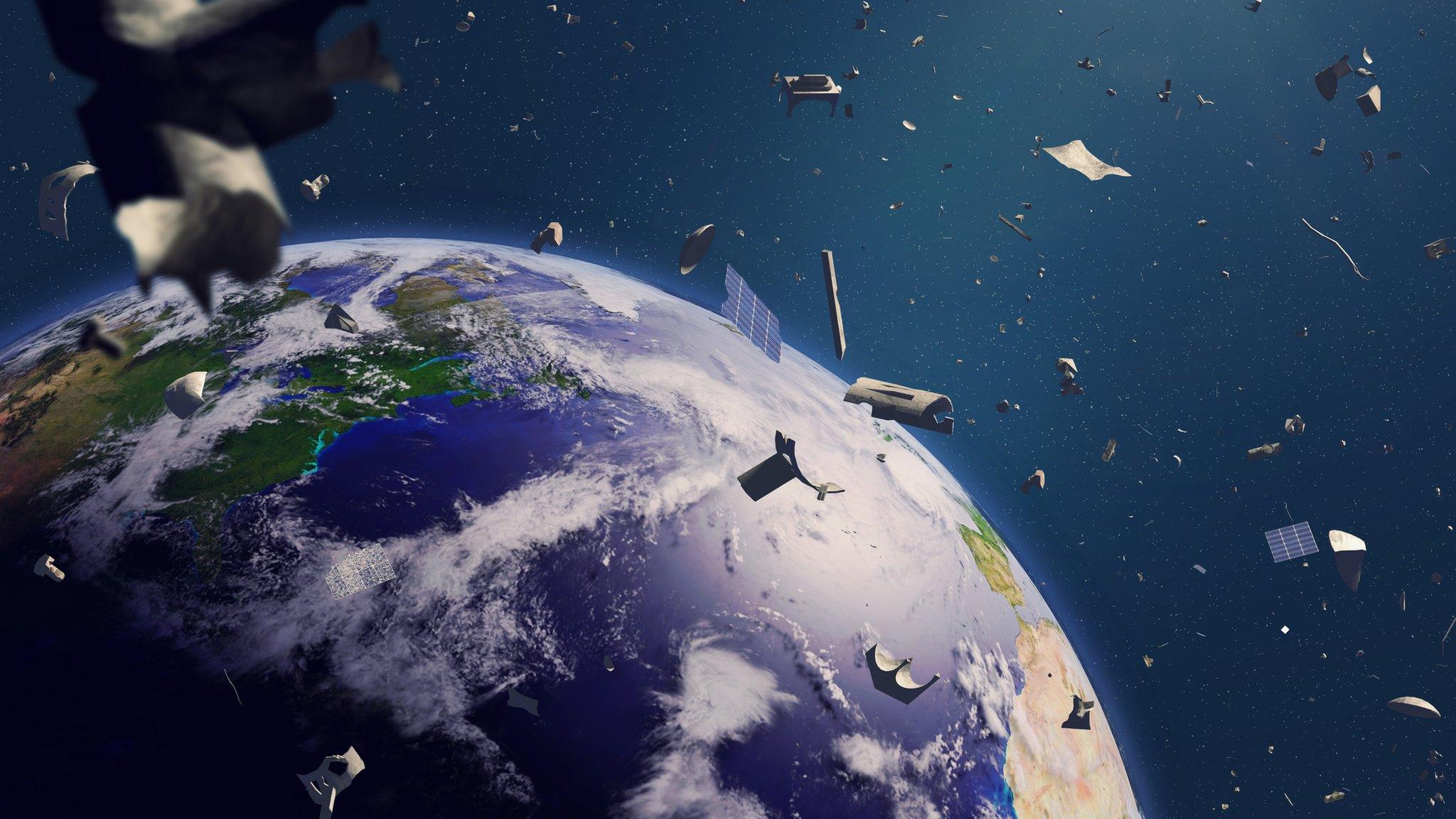Mystery space junk believed to have hit the Moon
- Published
- comments
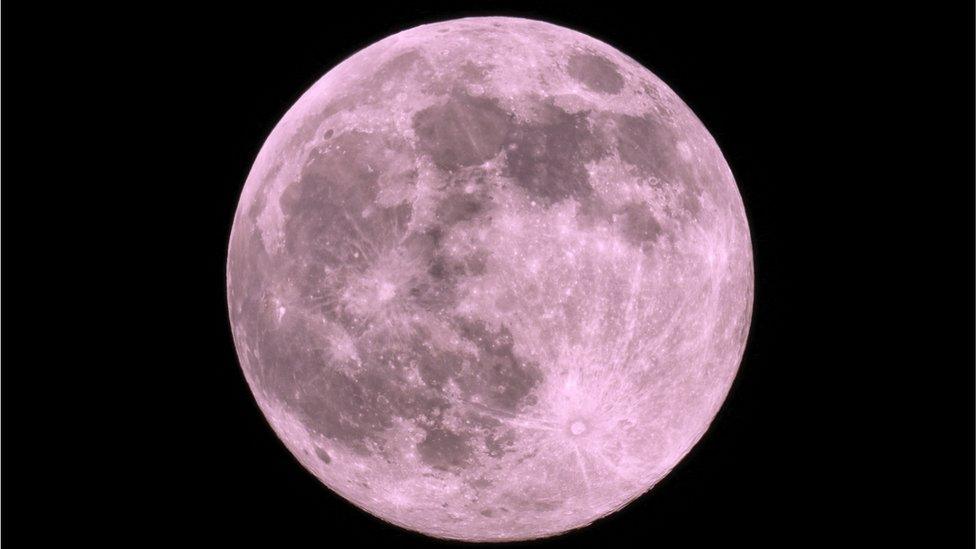
An old part of a rocket weighing three tonnes is believed to have hit the Moon on Friday (4 March).
Parts of the leftover rocket were spotted moving towards the far side of the Moon, but it may take scientists a little while to confirm its impact because telescopes weren't able to see it.
They're hoping to get more details about the event over the next few days or weeks.
The effects of the impact on the Moon are expected to have been minor, with the rocket digging a small crater estimated to be around 20 metres across and creating a plume of dust.
Although the collision hasn't raised concerns for scientists, exactly where the space junk came from is a bit of a mystery because no one wants to claim the rocket.
Elon Musk's SpaceX company initially confirmed that the space junk was its rocket after it was first noticed in January by asteroid tracker Bill Gray.
However, he's since corrected himself, saying that it's more likely to be an Chinese owned test rocket, which was launched nearly a decade ago.
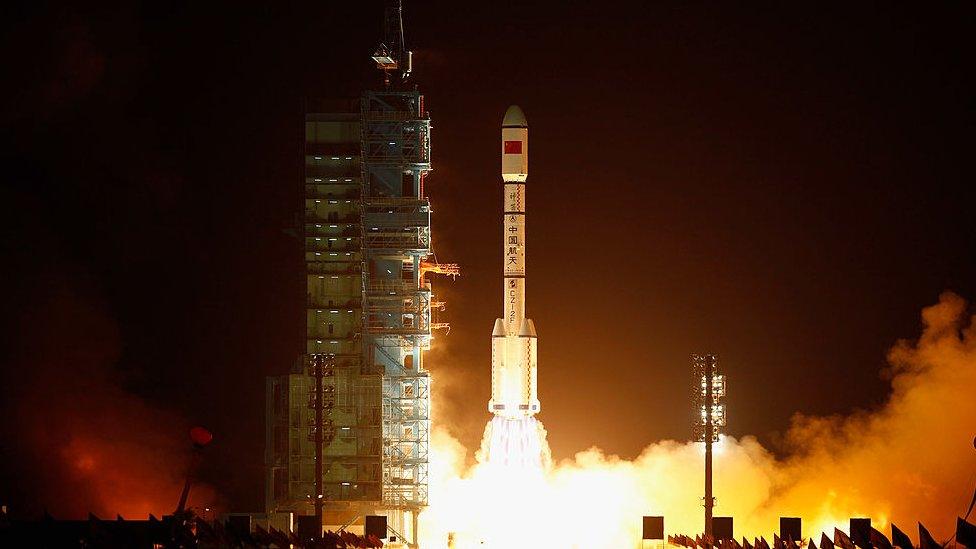
Experts think the space junk is a Chinese rocket
Chinese officials have denied this, saying their suspected rocket had re-entered Earth's atmosphere and burned up.
There are lots of craters already on the Moon, with the largest being 1,600 miles long.
The Moon has no real atmosphere so it has no defence against things like meteors, asteroids and space junk.
Scientists are interested in the collision but say it is not something to worry about, instead it may give them more insight into the geology of that part of the Moon.
It also has no weather so the distinctive craters last forever.
Why is space junk a problem?
Jenny explains what space junk is and why it's causing problems
There are more than 30,000 pieces of space junk bigger than 10 centimetres in orbit around the Earth and that number goes into millions when you count all the tiny pieces floating about too.
Most of the objects pose very little threat to us here on Earth because a lot of chunks of space rubbish would just burn up and disappear if they ever entered the atmosphere.
However, the problems start in space. There's a risk of space debris crashing into important satellites, which provide vital services like map GPS and weather warnings.
Even small bits of junk are travelling in orbit at a speed of five miles per second, meaning any collision can cause a lot of damage.
There are concerns that eventually more and more space objects will collide creating new space junk, making Earth's orbit more difficult to navigate or travel through.
- Published14 September 2021
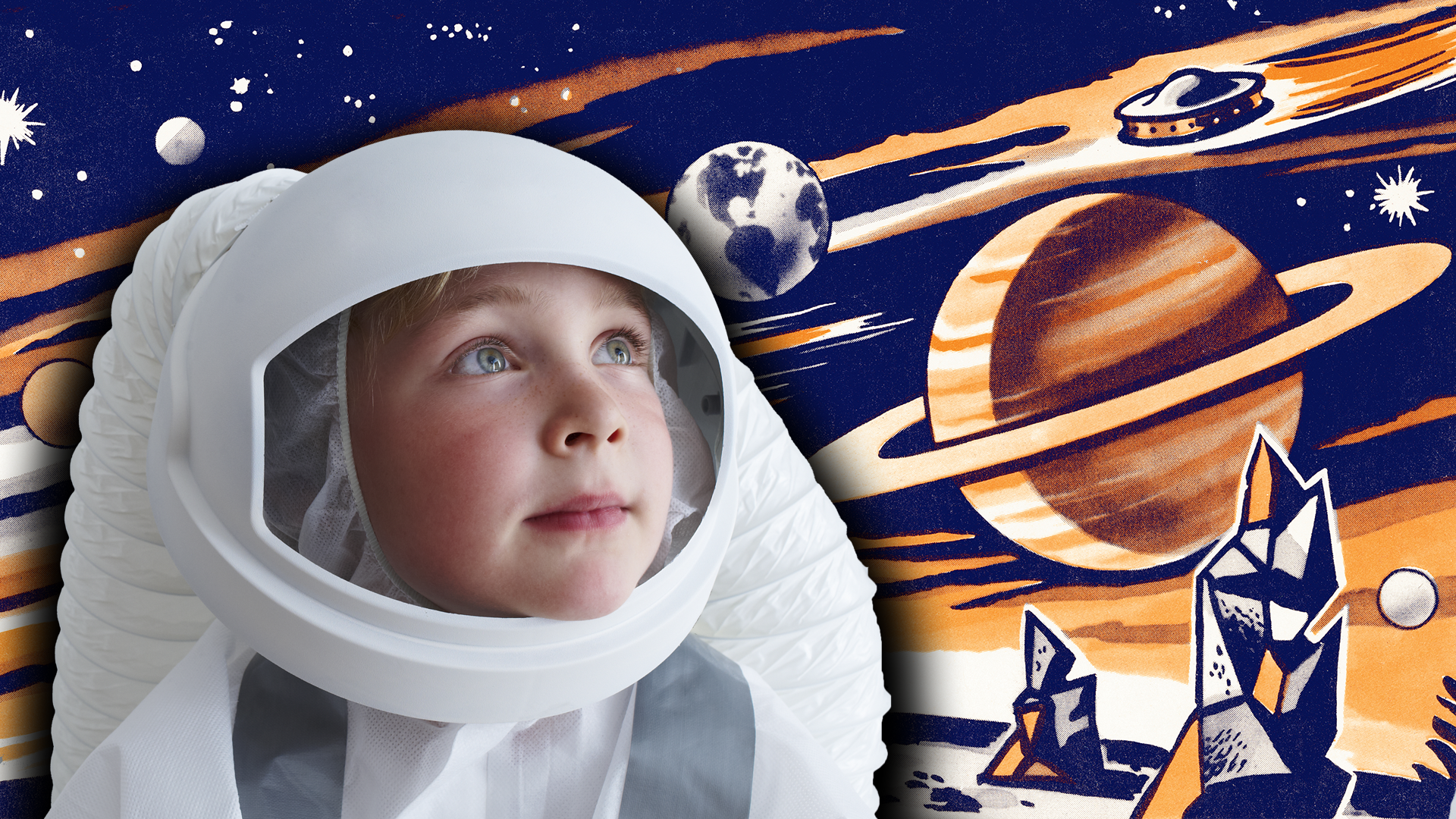
- Published16 February 2021
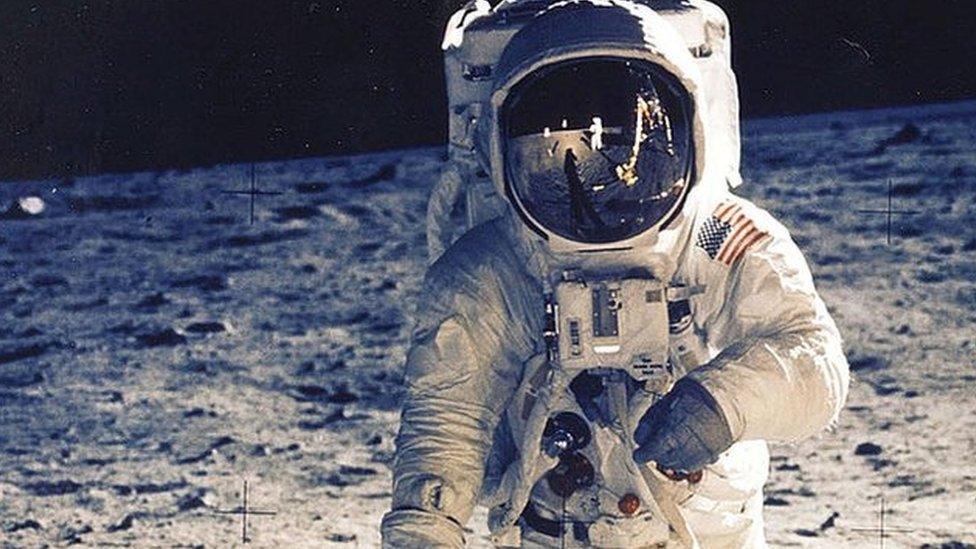
- Published28 April 2021
